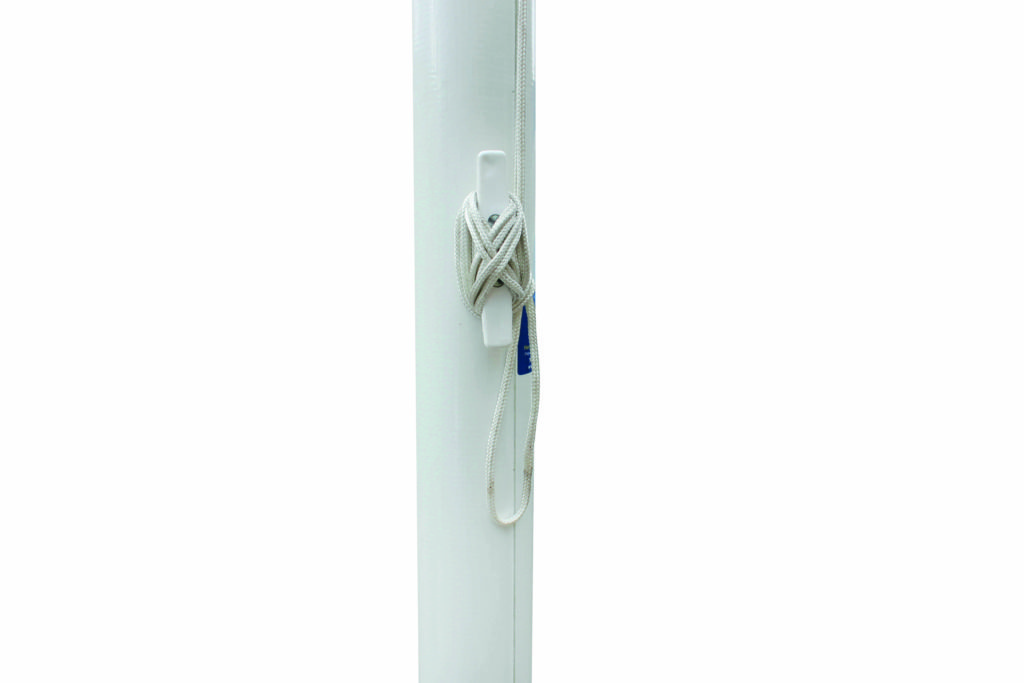

X
This site uses cookies. By continuing to use this site you agree to our use of cookies. To find out more, see our Privacy Policy and Cookie Policy.

The lifespan of a flag can vary depending on numerous variables. These can include how it is made, where it is flown and in what weather conditions.
Flags are perishable items. Over time, the colours will start to fade, and the flag will begin to fray. In this blog post we’ll explain some of the factors that can determine the lifespan of your flag. We’ll also give you tips to increase the lifespan given these factors.
The weather is the main variable that determines the life of a flag. Sun, rain wind, ice and snow can all weaken fabrics and threads.
When heavy rain or high winds are forecast, promptly lower flags. This will prevent unnecessary wear and strain on the flagpole structure. Winds exceeding 31mph (Beaufort Scale 6) and prolonged wet weather are particularly damaging. They speed up colour fading and fabric deterioration. We’ve written a blog post about the Beaufort Scale and what it means for your flag, where you can find out more.
Ensure the halyard is tightly secured in bad weather. This will help prevent snagging and keep the flag clear of any surrounding obstacles.

When washing your flags, use warm water with a mild soap. Do not use harsh cleaners or chemicals, as they can damage the fabric. Be sure to rinse your flag thoroughly before allowing it to dry.
Never store flags when they are wet. This could lead to mildew and fabric damage. Instead, make sure flags are fully dry before storing them in a well-ventilated area.
By strategically placing your flags, you can manage its exposure to harmful conditions whilst maximising visibility. You should minimise exposure to pollutants and harsh weather conditions.
Allow your flags to have space to wave freely without the risk of snagging on nearby objects. This could cause deterioration to the flag. Similarly, try to avoid placing flagpoles too close together. This will minimise the risk of entanglement and damage during windy conditions.

As with your flagpoles, it’s important to schedule routine inspections of your flags. You should regularly check the flag for signs of wear, tear or fading. By addressing any issues quickly, you’ll prevent further damage.
In order to maintain the vibrant appearance of your flags, plan to rotate with a second flag of the same design, regularly. This will give time for the flag to be cleaned and repaired, extending their lifespan.
When your flag begins to show obvious signs of wear, it is time to replace it with a new one. This can include holes, severe fading or frayed edging. We recommend that when you buy a flags, you do so in pairs. This will nullify the unpredictability of the flags’ lifespan. It will also allows for rotation, as one flag can be flown whilst the other is being cleaned or repaired.